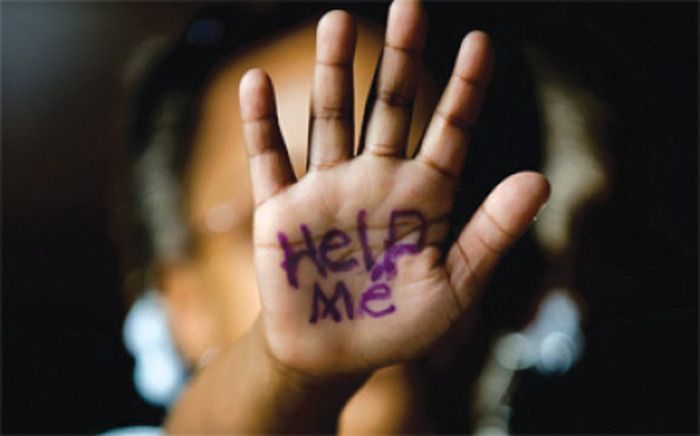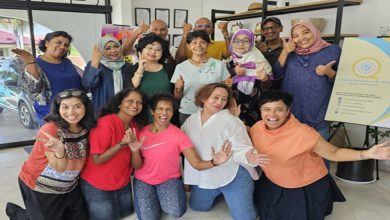

Child Health
Dr Shan Narayanan


Touching sexual offenses include:
- Fondling;
- Making the child touch an adult’s sexual organs; and
- Penetrating a child’s vagina or anus no matter how slight with penis or any object that doesn’t have a valid medical purpose.
Non-touching sexual offenses include:
- Engaging in indecent exposure or exhibitionism (live or online);
- Exposing children to pornographic material;
- Deliberately exposing a child for the purposes of prostitution; and
- Using a child to film, photograph or model pornography.
The activities are carried out to satisfy the sexual desire/needs of the adult/adolescence. Many a time the abuser is a person known to the child and the children involved do not realise that what is happening is wrong or abuse.
According to the U.S. National Child Abuse and neglect Data System (NCANDS), an estimated 9.3 per cent of the confirmed or substantiated child abuse and neglect cases in 2005 involved sexual abuse (U.S. Department of Health and Human Service, 2007). The figure translates into over 83,800 victims in 2005 alone (USDHHS, 2007).
A report by UNICEF Malaysia, indicates that in 2008, there were 2780 child abuse reports. Of these 733 was Child Sexual Abuse (72% of which were incest).
Child sexual abuse can occur in a variety of settings, including home or school. The victims are predominantly girls. Boys are also abused. Perpetrators are mainly men but women are also involved.
Children who are sexually abused may exhibit behavioural changes, based on their age.
The effects of sexual abuse extend far beyond childhood. Sexual abuse robs children of their childhood and creates a loss of trust, feeling of guilt and self-abusive behaviour. It can lead to antisocial behaviour, depression, identity confusion, loss of self-esteem and other serious emotional problems. It can also lead to difficulty with intimate relationships later in life.
Sexual abuse is usually discovered in one of two ways:
- Direct disclosure (e.g., the victim, victim’s family member or parent seeking help make a statement).
- Indirect methods (e.g., someone witnesses the abuse to the child, the child contracts a sexually transmitted disease or the child becomes pregnant).
Teaching children what is an appropriate touch and when to say “no” if someone tries to touch sexual parts of their bodies or touch them in any way that makes them feel uncomfortable is important.
Preventing all forms of child abuse is at three levels:
- The primary level is by raising awareness among public, service providers and policy makers about the scope of issues involved in abuse.
- The next level is secondary prevention methods where families with one or more risk factors for child abuse are identified and supported.
- Finally, in tertiary prevention, for families where abuse has already taken place, the necessary support is provided to reduce the impact and prevent it from re-happening.


